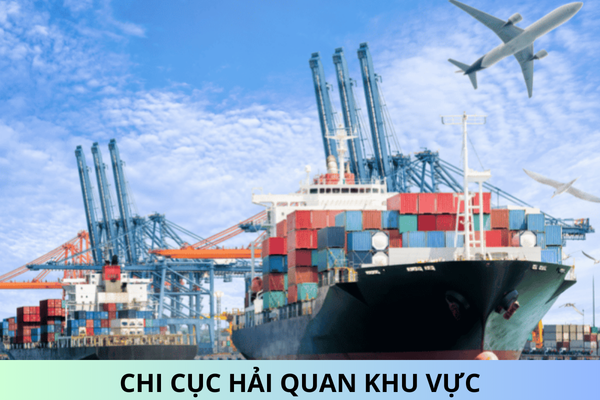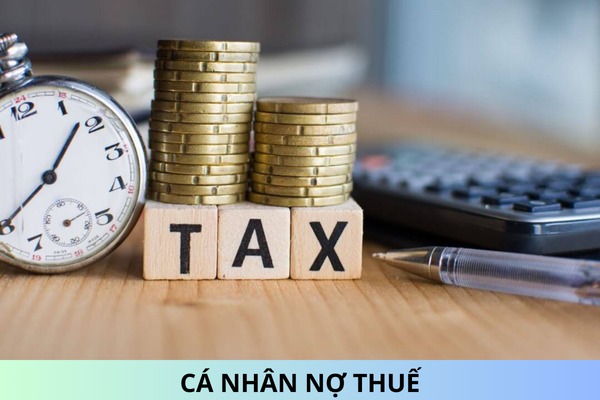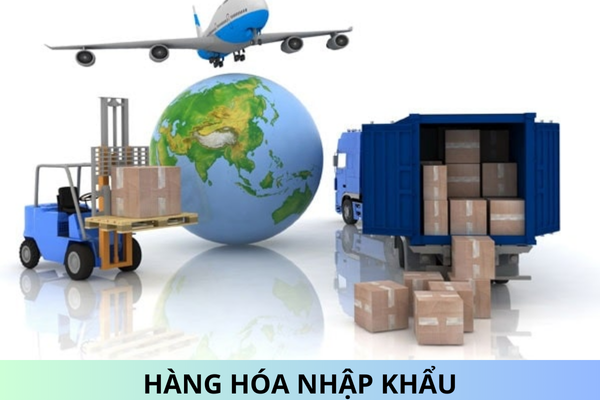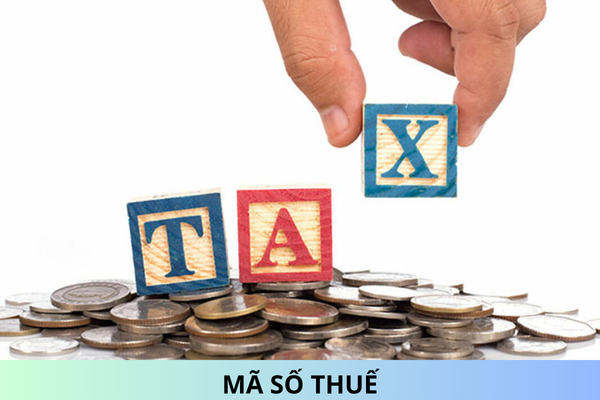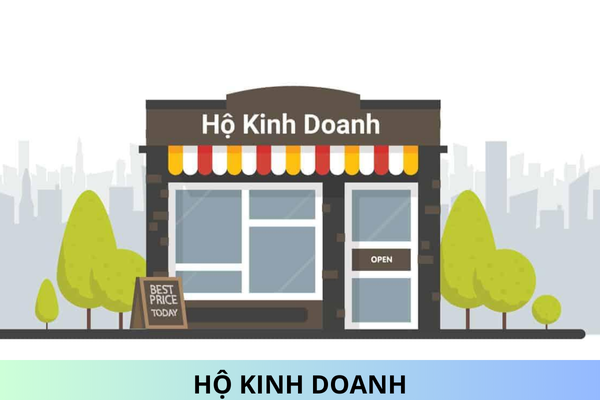Can input value added tax for the construction of warehouses for rent be refunded in Vietnam?
Can input value added tax for the construction of warehouses for rent be refunded in Vietnam? What is determination of value-added taxable price of asset rental as a warehouse building in Vietnam?
My company is a manufacturing enterprise and has a new investment project in the same province to build a factory to lease to other businesses. Can the input VAT on the revenue of this investment project be offset against the VAT declaration of the production and business activities being carried out?
Can input value added tax for the construction of warehouses for rent be refunded in Vietnam?
Pursuant to Clause 3, Article 1 of Circular 130/2016/TT-BTC providing for VAT refund for investment projects as follows:
3. Refund of VAT for investment projects
a) An active business taxpayer which pays VAT by the invoice credit method shall separately declare input VAT on its investment projects currently under the investment phase in the same province where it is based (except the circumstances defined in Point c, Section 3 of this Article and except investment projects that construct houses for sale or rent but without constituting any fixed assets) from the VAT on its ongoing business activities. The maximum deductible VAT from the investment projects is equal to the VAT payable on business activities in the period.
If the remaining deductible VAT is VND 300 million or higher, it shall be refunded.
If the remaining deductible VAT is smaller than VND 300 million, it shall be carried forward to the next tax period of the project.
Example: Enterprise A's headquarter is based in Hanoi. In July 2016, it started an investment project in Hanoi which currently undergoes the investment phase. Enterprise A declares input VAT on such project separately. In August 2016, input VAT on the project is VND 500 million. VAT on the enterprise’s ongoing business activities is VND 900 million. Enterprise A shall deduct the investment project's input VAT of VND 500 million from that on its business activities in progress (VND 900 million); thus, VAT payable by Enterprise A in the tax period of August 2016 is VND 400 million.
Example: Enterprise B's headquarter is based in Hai Phong. In July 2016, it commenced an investment project which currently undergoes the investment phase in Hai Phong. Enterprise B declares input VAT on such project separately. In August 2016, input VAT on the project is VND 500 million. VAT on the enterprise’s ongoing business activities is VND 200 million. Enterprise B shall deduct the amount of VND 200 million from the investment project’s input VAT from that on the business activities in progress (VND 200 million). Therefore, in the tax period of August 2016, input VAT. In this case, Enterprise B may claim a VAT refund.
Example: Enterprise C’s headquarter is based in Ho Chi Minh city. In July 2016, it initiated an investment project in Ho Chi Minh city which currently undergoes the investment phase in Ho Chi Minh city. Enterprise C declares input VAT on such project separately. In August 2016, input VAT on the project is VND 500 million. VAT on the enterprise’s ongoing business activities is VND 300 million. Enterprise C shall deduct VND 300 million from VAT on the business activities in progress (VND 300 million). Therefore, in the tax period of August 2016, remaining deductible input VAT on Enterprise C’s investment project is VND 200 million Enterprise C is not eligible for refund of VAT on its investment project. Enterprise shall carry forward the said amount of VND 200 million from the investment project’s input VAT to the tax period of September 2016.
Example: Enterprise D’s headquarter is based in the city of Da Nang. In July 2016, it launched an investment project in Da Nang which currently undergoes the investment phase. Enterprise D declares input VAT on the project separately. In August 2016, input VAT on the project is VND 500 million. VAT on the enterprise’s ongoing business activities that remains after deduction is VND 100 million. In the tax period of August 2016, therefore, input VAT on the investment project (VND 500 million) is eligible for a refund while VAT on the business activities in progress that remains after deduction (VND 100 million) shall be carried forward to the tax period of September 2016.
b) An active business taxpayer which pays VAT by the invoice credit method shall declare, by separate documentation, and offset input VAT on its new investment projects which are under investment and have not applied for neither business nor tax registration in a province different from the location of its head office (except the circumstances defined in Point c, Section 3 of this Article and except investment projects that construct houses for sale or rent without constitution of fixed assets) against the declared VAT on its ongoing business activities. The maximum VAT deductible from the investment projects is equal to the VAT payable on business activities in the period.
VAT on a new investment project shall be refunded if the remaining deductible input Vat on such project is VND 300 million or higher.
If the remaining deductible input VAT is less than VND 300 million, it shall be carried forward to the next period.
If the business taxpayer decides to establish project management boards or branches in provinces other than the province where its headquarter bases in to manage one or more projects on its behalf, such project management boards or branches shall submit their own tax declarations and refund claims to local tax authorities with which tax registration is applied provided they have their own legitimate official seals, maintain their own records according to accounting regulations, have bank accounts, have registered for tax and have obtained their own taxpayer identification numbers. When an investment project for the incorporation of an enterprise completes the formalities of registration for business and tax, the business that is the main investor of such project shall inform the new enterprise of the amounts of the project’s VAT incurred, VAT refunded and pending VAT refund. The new enterprise shall declare and pay tax accordingly.
Investment projects eligible for VAT refund, as stated in Section 2 and Section 3 of this Article, are defined in the laws on investment.
Example: Enterprise A's headquarter is based in Hanoi. In July 2016, it commenced a new investment project in Hung Yen which currently undergoes the investment phase and is not applied for neither business nor tax registration. Enterprise A declares input VAT on such investment project separately in Hanoi by submitting VAT declarations intended for investment projects. In August 2016, input VAT on the project is VND 500 million. VAT on the enterprise’s ongoing business activities is VND 900 million. Enterprise A shall deduct VND 500 million from VAT on its business activities in progress (VND 900 million); thus, VAT payable by Enterprise A in the tax period of August 2016 is VND 400 million.
Example: Enterprise B's headquarter is based in Hai Phong. In July 2016, it started a new investment project in Thai Binh which currently undergoes the investment phase and is not applied for neither business nor tax registration. Enterprise B declares input VAT on such investment project separately in Hai Phong by submitting VAT declarations intended for investment projects. In August 2016, input VAT on the project is VND 500 million. VAT on the enterprise’s ongoing business activities is VND 200 million. Enterprise B shall deduct VND 200 million from VAT on the business activities in progress (VND 200 million). Therefore, in the tax period of August 2016, remaining deductible VAT on Enterprise B’s new investment project is VND 300 million. In this case, Enterprise B may claim a refund.
Example: Enterprise C bases its headquarter in Ho Chi Minh city. In July 2016, it launched a new investment project in Dong Nai which currently undergoes the investment phase and is not applied for neither business nor tax registration .Enterprise C declares input VAT on such investment project separately in the city of Ho Chi Minh by submitting VAT declarations intended for investment projects. In August 2016, input VAT on the project is VND 500 million. VAT on the enterprise’s ongoing business activities is VND 300 million. Enterprise C shall deduct VND 300 million from VAT on the business activities in progress (VND 300 million). Therefore, in the tax period of August 2016, remaining deductible input VAT on Enterprise C’s new investment project is VND 200 million. Enterprise C is not eligible for refund of VAT on its investment project. Enterprise C shall carry forward VND 200 million to the tax period of September 2016.
Example: Enterprise D's headquarter is based in Da Nang. In July 2016, it initiated a new investment project in Quang Nam which currently undergoes the investment phase and is not applied for neither business nor tax registration. Enterprise D declares input VAT on such investment project separately in Da Nang by submitting VAT declarations intended for investment projects. In August 2016, input VAT on the project is VND 500 million. Remaining deductible VAT on the enterprise’s ongoing business activities is VND 100 million. In the tax period of August 2016, therefore, input VAT on the investment project (VND 500 million) is eligible for refund while the remaining deductible VAT on the business activities in progress (VND 100 million) shall be carried forward to the tax period of September 2016.
c) In the following events, a business shall not be eligible for a refund but can carry forward remaining deductible VAT on its investment project to the subsequent period:
c.1) The charter capital of the investment project of the business has not been fully contributed as registered as per the laws. The business has submitted claims for refund of tax on its investment project since July 01, 2016 but the project’s registered charter capital was not fully contributed as per the laws on the date of application.
c.2) An investment project is carried out by a business that undertakes conditional trade(s) though not satisfying business conditions as per the Investment Law; in other words, such investment project is run by a business that engages in though not licensed to perform conditional trade(s); by a business that engages in though not certified qualified to perform conditional trade(s); by a business that engages in though not permitted by a competent authority to perform conditional trade(s); or by a business that engages in but does not meet conditions to perform conditional trade(s) though not required by the laws on investment to be permitted or certified thereof in writing.
c. 3) An investment project is carried out by a business that undertake conditional trade(s) but fails to sustain business conditions during its operations; in other words, such investment projects are run by a business that engages in conditional trade(s) but has its relevant license(s) revoked during its operations; by a business whose certificate(s) of eligibility for conditional trade(s) is (are) revoked; by a business that has the written permission revoked by a competent authority for conditional trade(s); or by a business that fails conditions to undertake conditional trade(s) as per the laws on investment. In this event, the business shall be ineligible for the refund of VAT upon the revocation of one of the said documents or upon being exposed by competent government authorities as having failed conditions for conditional trades.
c.4) The value of natural resources and/or minerals plus the energy cost of an investment project for extraction of natural resources and minerals which has been licensed since July 01, 2016 or an investment project for production of goods makes up 51% of its prime cost or above.
Natural resources and minerals, their value and valuation time, and the energy cost shall be determined according to Section 23, Article 4 of the Circular.
Thus, if your enterprise paying value added tax by the deduction method has an investment project in the same province that is in the investment stage, it will make a separate declaration for the investment project and must transfer input value added tax of investment projects to offset the value-added tax declaration of production and business activities being carried out. In this case, the input value-added tax will be refunded in Vietnam.
What is determination of value-added taxable price of asset rental as a warehouse building in Vietnam?
In Clause 6, Article 7 of Circular 219/2013/TT-BTC, the VAT taxable price is as follows:
6. Taxable prices of asset rental such as housing, offices, workshops, warehouses, yards, vehicles, machinery, equipment are the VAT-exclusive rents.
If the rent is paid by instalments or prepaid for a period of time, the taxable price is the instalment or the prepaid amount exclusive of VAT.
The rent agreed by both parties is the rent written in the contract. If a rent bracket is prescribed by law, the rent must be charged within that bracket.
According to this Article, the value-added taxable price of asset rental as a warehouse building is calculated according to the above regulations in Vietnam.
Best Regards!
